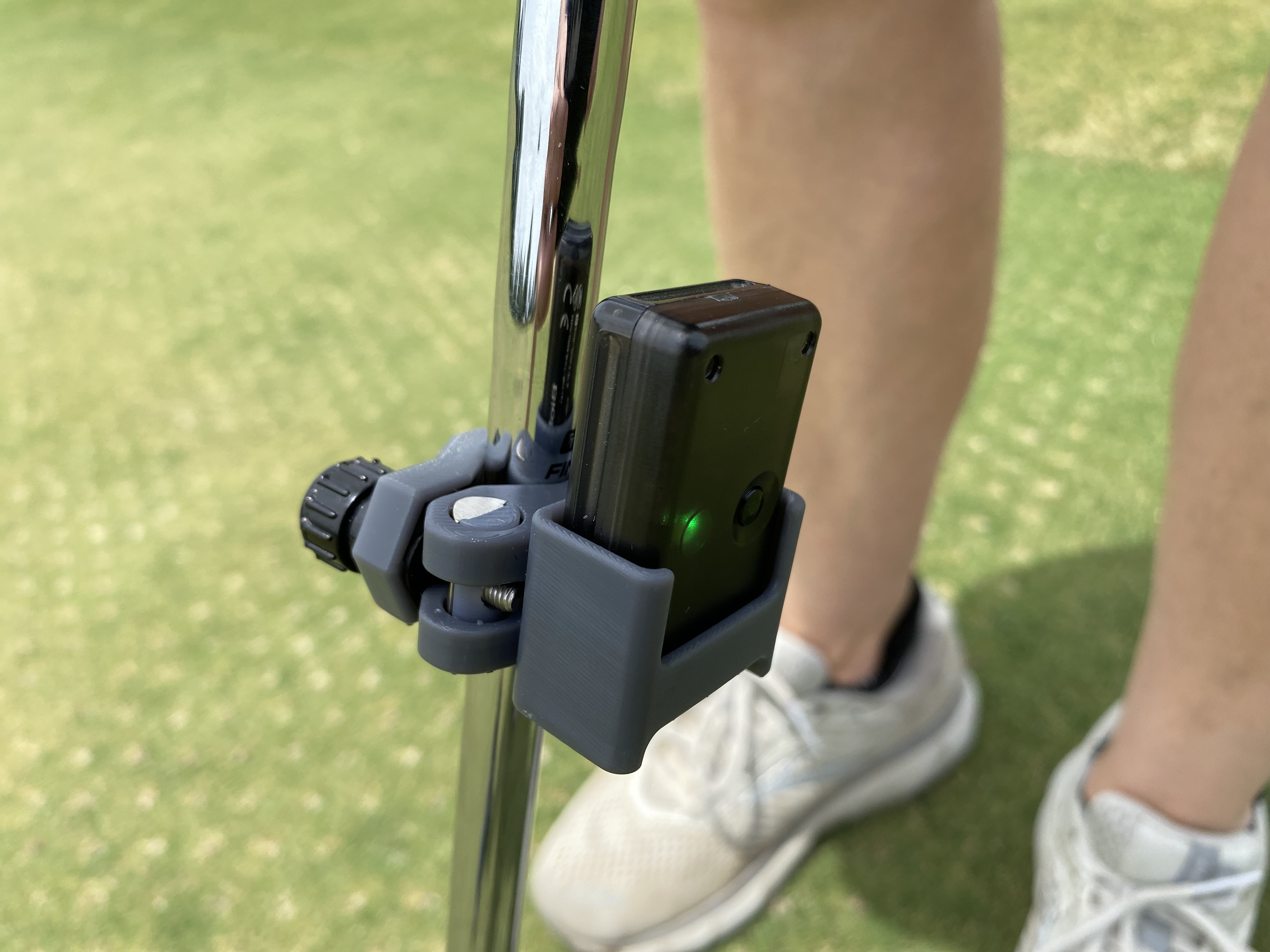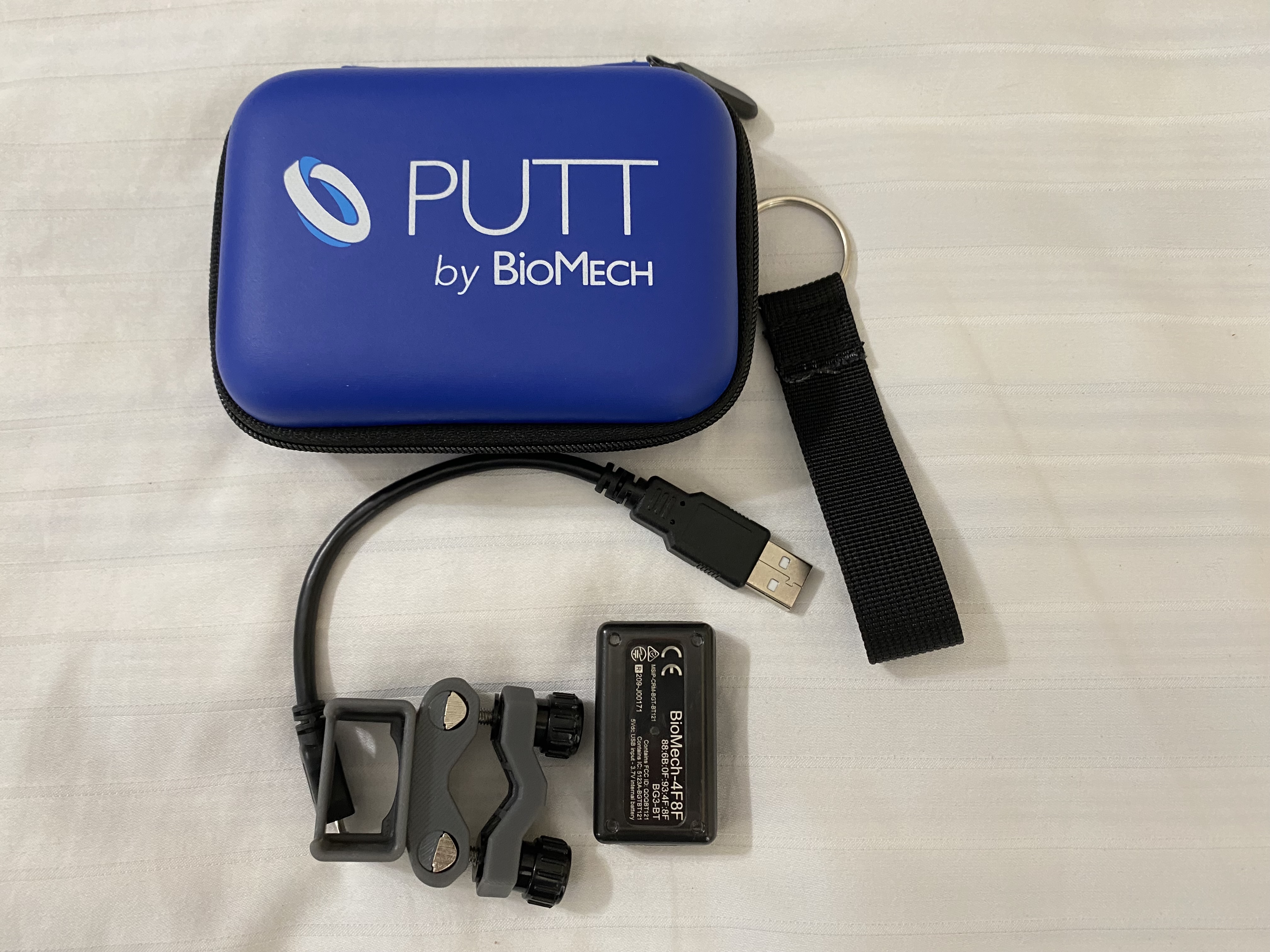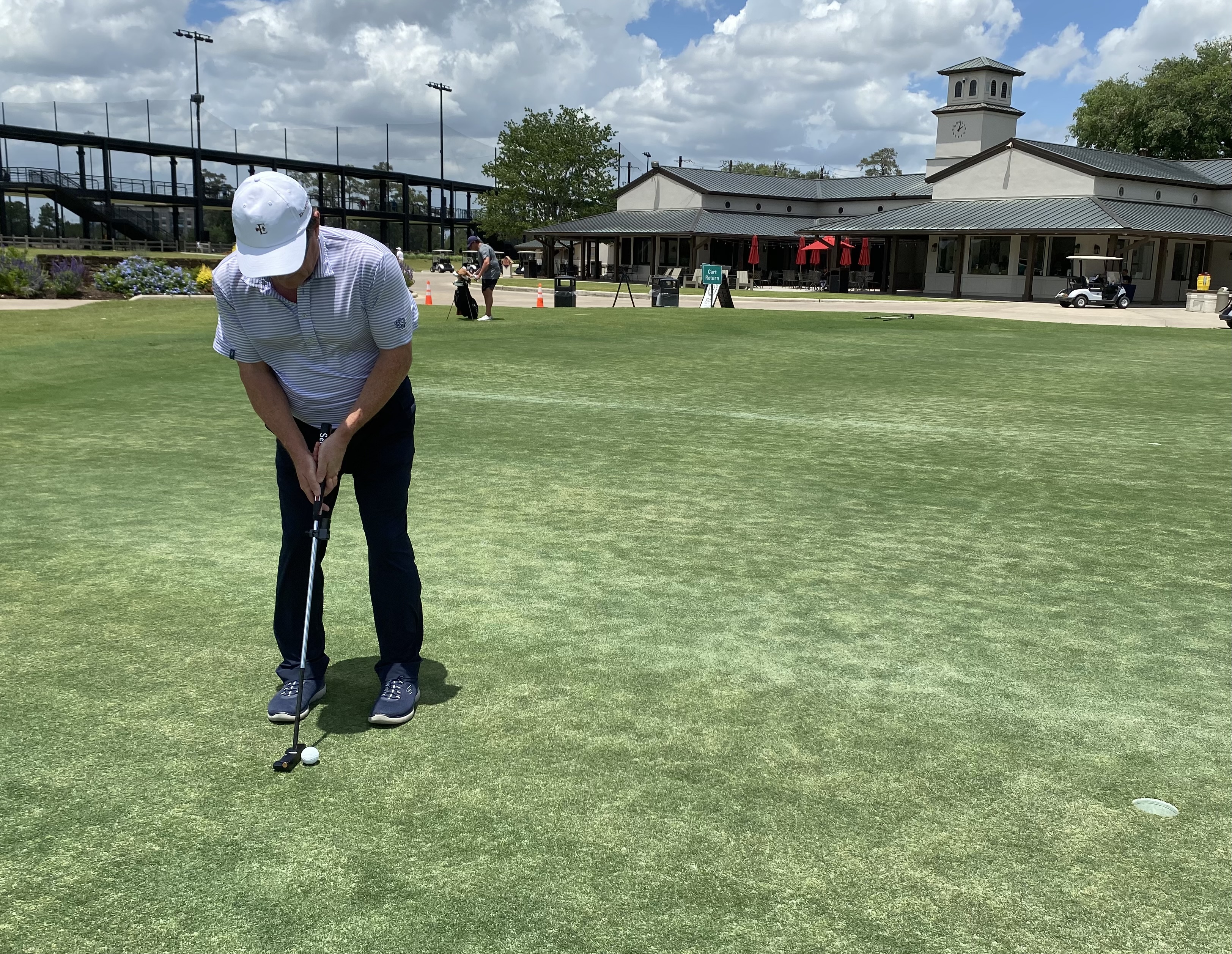BioMech Putt Sensor Review
The BioMech Putt sensor is said to accurately measure every aspect of the putting stroke - we test it out

If you're serious about putting, the BioMech Putt sensor and app can give you instant feedback on every aspect of your putting stroke, letting you know where you need to make adjustments to be more consistent.
-
+
Fairly easy to set up and use
-
+
Provides a comprehensive analysis of the putting stroke
-
+
Is lightweight and easy to store in golf bag
-
-
Requires a monthly or annual subscription in addition to initial cost
Why you can trust Golf Monthly

BioMech Putt Sensor Review
If you ask really good putters what their secret is, they might tell you it's just a matter of feel. And that might be true for some players who simply always naturally had a good stroke. But for most of us, good putting has to be worked on, learned and practiced. But practice without feedback isn't necessarily productive. Sure, you can go to a putting green, maybe even try some of the best putters, work on a few drills, and see it go into the hole, but do you really know what's going on with your stroke, especially if you don't have anyone or anything observing and measuring it?
This is where the BioMech Putt sensor can really help. For a fraction of what the big commercial putting setups cost, you can get a portable putt sensor that fits on your putter shaft. This third generation of the BioMech Putt weighs just 18 grams and is just 1.87 inches by 1 inch, so you won't even feel it on your putter when you use it. An accompanying app on the phone (IOS or Android) gives you instant feedback on each stroke, plus averages.

Developed by the same biomechanics experts that invented the BioMech armlock putters, like the BioMech Golf Max putter I recently tried, this little piece of technology measures everything that's important about your stroke, including tempo, acceleration, face angle at impact, loft in the backstroke and at impact and putter path. One of the most important measurements is how square, or close to the address position, the putter face is at impact. The closer you can get to zero, assuming you are aimed correctly on the correct line, the better your chances are of making the putt (if you have the right speed).
Of course, what this is really about is identifying your stroke and building a consistent and fundamentally sound stroke. Through the BioMech Putt algorithm, the BioMech Putt app gives you a total score. Perfect is a score of 100. I put it to the test to identify what my putting stroke really looks like and to find areas where I could improve. The results were both predictable and later surprising.

I knew that I was a pretty inconsistent putter. Some days I have a feel for it, and during other rounds, I can seem totally lost. Using the BioMech Putt sensor confirmed what I suspected. On some of my strokes there was good acceleration, and I returned the putter to impact close to square. On others I could see a longer backstroke, poor acceleration and impact that was close to 2 degrees off from where I started. Those putts aren't going in from 10 feet unless I just get lucky (picking the wrong line, for example, that compensates for the poor stroke). But then I did something very interesting. Being ambidextrous (I play tennis both left-handed and right-handed), I decided to test myself left-handed.
While my right-handed strokes varied from 79 to 99, all my left-handed strokes (more than 20 of them) were 95 and above. All showed natural acceleration, good tempo and a clubface that was within 0.1 degrees of being square every time. So for my next round of golf, I decided to putt left-handed. The result? I had 29 putts with no three putts. It was eight putts fewer than my previous round on the same course, putting right-handed. Two more rounds putting left-handed have yielded similar results. I don't think I would have tried it had I not tested my left-handed stroke first with the BioMech Putt sensor.
Subscribe to the Golf Monthly newsletter to stay up to date with all the latest tour news, equipment news, reviews, head-to-heads and buyer’s guides from our team of experienced experts.

In addition to the $350 price tag for the sensor, there's also a subscription fee of around $10 a month or $100 a year. If you're three-putting once or twice a round and you have more than 33 or 34 putts a round, this is a quick way to lower your scores. It's also pretty interesting to find out what kind of stroke you have. Making adjustments using the BioMech Putt is a fun game within the game, too.

Mike has worked in the golf industry for nearly 30 years with full-time staff positions at publications and websites that include PGA Magazine, the Golfweek Group, and GolfChannel.com. He is currently writing for several different sites and magazines and serves as a contributing equipment writer for Golf Monthly, focusing on irons, shoes and the occasional training aid or piece of technical equipment.
Mike has experienced a number of highlights in his career, including covering several Ryder Cups, PGA Championships and the Masters, writing instruction pieces and documenting the best places for golf travel for more than a decade.
Mike carries a 7.6 handicap index and has two hole-in-ones, the most recent coming in February 2022. A resident of Texas for more than 40 years, Mike plays out of Memorial Park Golf Course (home of the Houston Open on the PGA Tour).